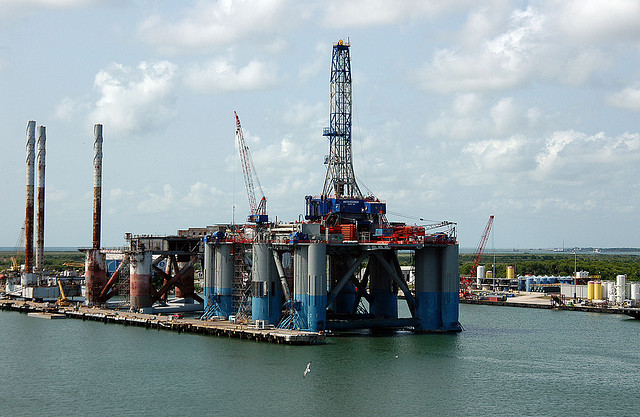 One of the most asked questions in Jones Act litigation is, “What does it mean to be a seaman?” The United States Court of Appeals for the Fifth Circuit just clarified its answer…again.
One of the most asked questions in Jones Act litigation is, “What does it mean to be a seaman?” The United States Court of Appeals for the Fifth Circuit just clarified its answer…again.
In Alexander v. Express Energy Services Operating, the injured worker was a lead hand/operator in the defendant’s “plug and abandonment (“P & A”) department, which specializes in plugging decommisioned oil wells on various platforms off the coast of Louisiana for [the defendant’s] customers.” The worker’s job duties included:
- Ensuring that everything was up and running properly on the deck of the platform;
- Ensuring that the plugging operations were successful;
- Working with the P & A team to check the pressure of well gauges and valves
- Removing the bridge plug from the well, placing a nipple in the well, and pumping fluids down the well to kill it.
- Once the well was plugged, then the P & A team would clean and pump cement into the well, and cut and remove the pipe.
The injured worker was hurt on a platform next to a liftboat owned by a third party. His injury occurred when “a wireline from the crane [from the liftboat] snapped, dropping a bridge plug/tool combination which had been suspended a foot above the deck, which then rolled onto his foot.” Using the liftboat was nothing new for the P & A crew. The injured worker alleged that he spent 35% of his job on liftboats and, thus, should be considered a seaman.
“Seaman” As Defined By the Courts, and the 30% Guideline:
An injured worker is only a seaman if he satisfies both prongs of a test that the Supreme Court announced in Chandris, Inc. v. Latsis. Specifically, the injured worker must show that (1) he contributed to the function of a vessel or to the accomplishment of the vessel’s mission, and (2) he was assigned permanently to the vessel or spent a substantial part of his total work time–30%–aboard the vessel or an identifiable fleet of vessels.
Because the 30% rule was the big issue in this case, the Fifth Circuit quoted heavily from the portion of Chandris that addressed the second prong of the seaman test:
Second, and most important for our purposes here, a seaman must have a connection to a vessel in navigation (or to an identifiable group of such vessels) that is substantial in terms of both its duration and its nature. The fundamental purpose of this substantial connection requirement is to give full effect to the remedial scheme created by Congress and to separate the sea-based maritime employees who are entitled to Jones Act protection from those land-based workers who have only a transitory or sporadic connection to a vessel in navigation, and therefore whose employment does not regularly expose them to the perils of the sea.
The Chandris court also adopted the Fifth Circuit’s 30% rule of thumb, reasoning that a “worker who spends less than about 30 percent of his time in the service of a vessel in navigation should not qualify as a seaman under the Jones Act.” But, keep in mind that there is wiggle room with the 30% rule depending on the facts of the case.
Why the Injured Worker in Alexander Was Not a Seaman:
Ultimately, the Fifth Circuit determined that the injured worker in Alexander was not a seaman. It disagreed with the injured worker’s contention that he spent 35% of his time on vessels. He worked on a platform near a vessel, not on the vessel itself:
The undisputed summary judgment evidence shows that approximately 65% of Alexander’s jobs involved a fixed platform only, without the help of an adjacent vessel. Even on the other jobs involving a vessel adjacent to the platform, his work occurred mostly on the platform. It is not sufficient under Chandris . . . that Alexander was merely near a vessel on more than 30% of his jobs or that he performed some incident work on a vessel on those jobs; to be a seaman, he must show that he actually worked on a vessel at least 30% of the time. Alexander has failed to produce sufficient evidence to prove that point, which is an essential element of seaman status.
Conclusion:
So, what should litigants take from Alexander? In short, litigants should make sure that the injured worker actually worked on a vessel 30% of the time. Apparently, “to have a connection to a vessel in navigation,” a seaman’s work must take place aboard a vessel, and not adjacent to the vessel.
Alexander v. Express Energy Services Operating, L.P., — F.3d —-, 2015 WL 2151773 (5th Cir. 2015).
Platform photo courtesy of Flickr user Joanna Poe.
